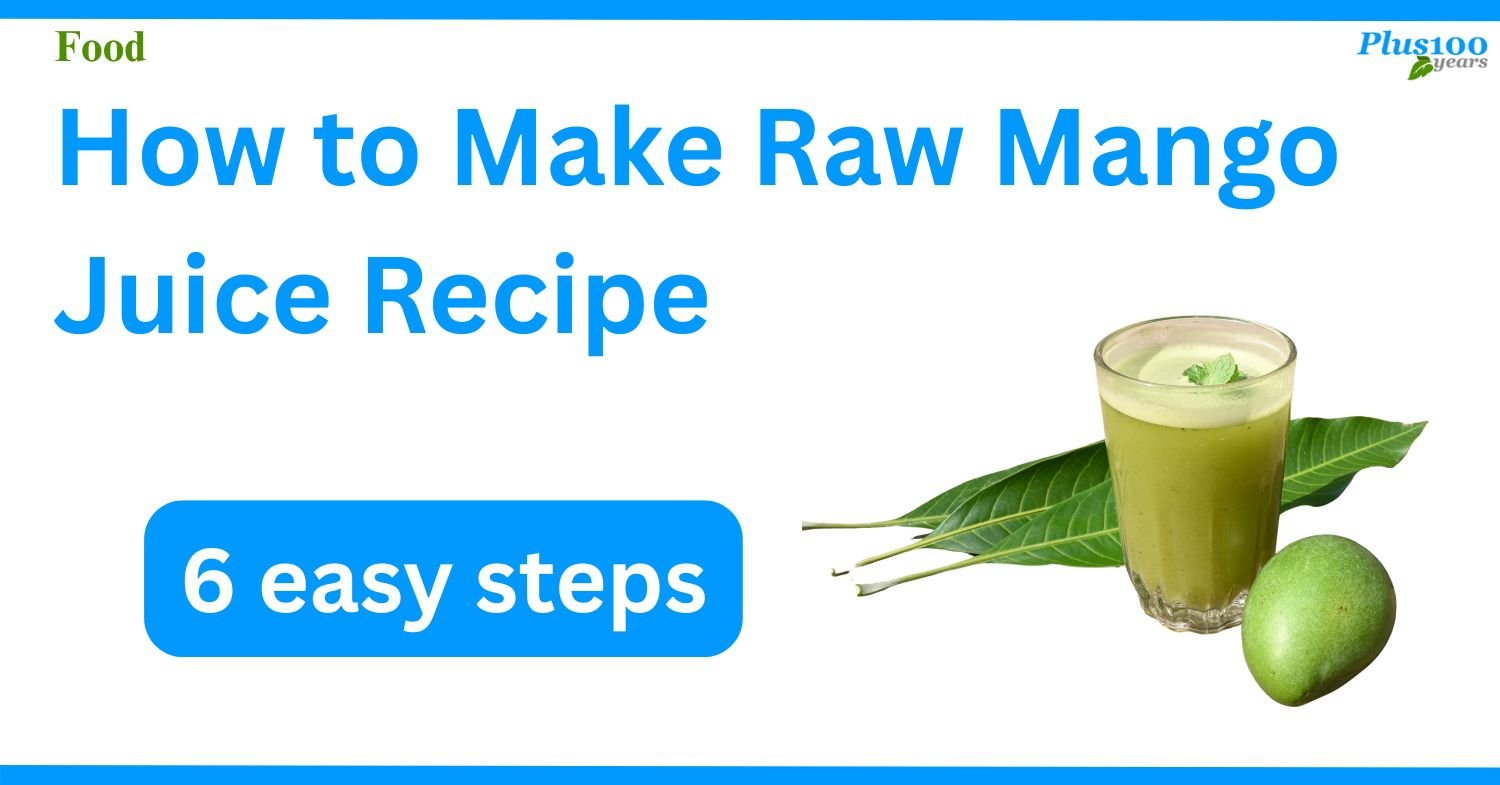Updated : 08-04-2025
Author : Sangati Jogwar
What is Kodo Millet? Know the complete details of this wonderful millet!
India is known for its multiple varieties of millet. Different types of millets are consumed as a staple food in different regions from Jowar, Bajra, Ragi, Foxtail millet, Sama or Kodo millet which is also called as Arke millet.
👉 From here we explore the Benefits Of Kodo Millet and more in-depth information about Kodo millet.
Each type of millet has a special nutritional composition, and these variations make them an essential part of diets based on the requirements and climatic changes in different regions.

Kodo millet is known by different names in different regions like Kodo dhana, Arikalu, Varagu, Harka, Kodon and Kodro.
What is Kodo Millet?
Kodo millet is botanically also termed as Paspalum scrobiculatum. It prominently is cultivated in India, Vietnam, Nepal, West Africa, Indonesia and the Philippines, countries that have large patches of dry areas.
Since Kodo millet is a drought-tolerant plant these countries extensively cultivate it.
The grass of this millet grows up to four feet in height and has slender leaves of around 20 to 40 cm in length. These plants require very little amount of water.
The ellipsoidal-shaped seeds of Kodo millet are very tiny, around 1.5 mm in width, and 2 mm in length with colour varying from dark grey to light brown.
Great Tip :
👉 Kodo millet is a gluten-free food, this is the best alternative to Wheat
Nutritional Value Of Kodo Millet?
Kodo millet is enriched with multiple nutrients and is a very rich source of protein.
Every 100 grams of Kodo millet contains
✅ 11% protein.
✅ 66.6 grams of carbohydrates.
✅ 3.6 grams of fats apart from other micronutrients like iron, calcium, and polyphenols in varying amounts.
5 Benefits Of Kodo Millet
Here we will find the top health benefits of eating kodo millet. with its dense nutrient profile, Kodo millet is extremely beneficial for health.
1. Helps in diabetes management
Millets of all types are extremely good for diabetes management as they are rich in fiber. Replacing wheat or white rice with Kodo millet can control the blood sugar spike as well as the elevated insulin levels.
It has been observed in studies that Kodo millet can cut down the glycated haemoglobin levels thereby triggering liver glycogen production.
2. Keeps chronic ailments at bay
Kodo millets are rich in antioxidants. It prevents the body from chronic ailments as the antioxidants present in Kodo millet work against the free radicals that damage tissues and cells. Thus, it also helps in preventing different types of cancers.
Great Tip
✅ Kodo millet contains Vitamin B and Minerals that improve the nervous system.
3. Promotes weight loss
Kodo is an excellent replacement for white and rice as it stimulates rapid metabolic activity, and fights against metabolic syndrome in young girls and boys thus helping them reduce the stubborn fat hanging around their belly, hips, and waist.
4. Good for heart health
The phenolic extracts present in these millets help in reducing LDL cholesterols thereby bringing down blood pressure levels and keeping the heart healthy.
It also helps in fighting stress and anxiety and keeping you happy thereby reducing chances of heart attack due to mental stress.
5. Promotes rapid healing of wounds
Kodo millet has been used for generations for healing physical wounds. In many homes in India even today flour of this millet is mixed with water to make a fine paste and is then applied to the wound to get relief from pain and also promote rapid healing.
Did You Know?
Kodo Millet in Telugu Arikelu
How to cook Kodo millet?
It is a bit difficult to cook Kodo millet. Unlike polished rice, it takes time and more water to cook this type of millet so that you get the right, smooth consistency.
First, wash Kodo millet with water and then soak it for 2 hours.
Boil 4 cups of water and then add 1 cup of drained Kodo millet. Simmer it on medium heat for some time until you get the right grainy texture.
Kodo millet recipes
1. Kodo millet pulao
Ingredients:
1 cup Kodo millet
2 cups chopped vegetables like carrot, potato, beans, onion, green capsicum, mint leaves, ginger, green chillies (as per taste), garlic cloves and coriander leaves
For tadka: 2 cloves, 1 bay leaf, cumin, garam masala, turmeric (half tsp each), oil as required, and salt to taste
Method:
Soak Kodo millet in water for 2 hours.
Grind it in a mixer along with mint, garlic, chillies, cloves, coriander and ginger. Add a little bit of water if necessary.
In a pan, add oil as needed and saute the chopped onion until pink. Add cumin, bay leaf, chopped vegetables, turmeric, garam masala, salt and stir.
Add the ground masala paste and fry till the masala starts leaving the sides.
Add water and let it boil.
Add soaked Kodo millet and cook until it turns into a grainy texture.
2. Kodo milled Dosa
Ingredients:
1 cup Kodo millet
1 tsp fenugreek seeds
One-fourth cup of whole urad dal
2 tablespoons beaten rice or poha
Salt according to taste
Method:
Wash urad dal and Kodo millet and soak in water with poha and fenugreek seeds for 6 hours.
Grind by adding water as required to make a smooth paste
Add salt to this smooth paste and let it ferment overnight in a container.
Next morning make hot dosas by spreading a large spoonful of batter on hot tawa greased with oil.
Serve it with chutney.

3. Kodo millet Kheer
Ingredients:
Dairy milk or coconut/almond milk
Half cup dehusked Kodo millet
Sugar or sweeteners like stevia, coconut sugar, etc.
1 small tsp cardamom powder
Chopped dry fruits as per choice
Method:
Rinse Kodo millet in water and soak it for 30 minutes in warm water.
In a heavy-bottomed pan pour the milk and simmer it on low flame until it starts thickening.
Drain the Kodo millet and add it to the boiling milk.
Cook the millet completely and then add cardamom powder, sugar, or sweetener of your choice.
Garnish with chopped dry fruits just before serving.
Who should not eat Kodo millet?
People who suffer from hypothyroidism should not eat Kodo millet.
Also, if consumed in excess, it can lead to digestive issues like constipation and bloating.
Those who are already suffering from digestive problems should introduce Kodo millet in their diet only after consulting their health consultant.
Referral resources for the Article on KODO Millet.
Indian Institute of Millets Research (IIMR): The official website of IIMR provides a wealth of information on millets, including Kodo millet. (Website: https://millets.res.in
“Millet: Rediscovered as an Incredible Food” by Dr. Khadar Vali provides insights into the nutritional benefits of millet, including Kodo millet.”Millet: The Ultimate Recipe Guide” by Jonathan Doue




